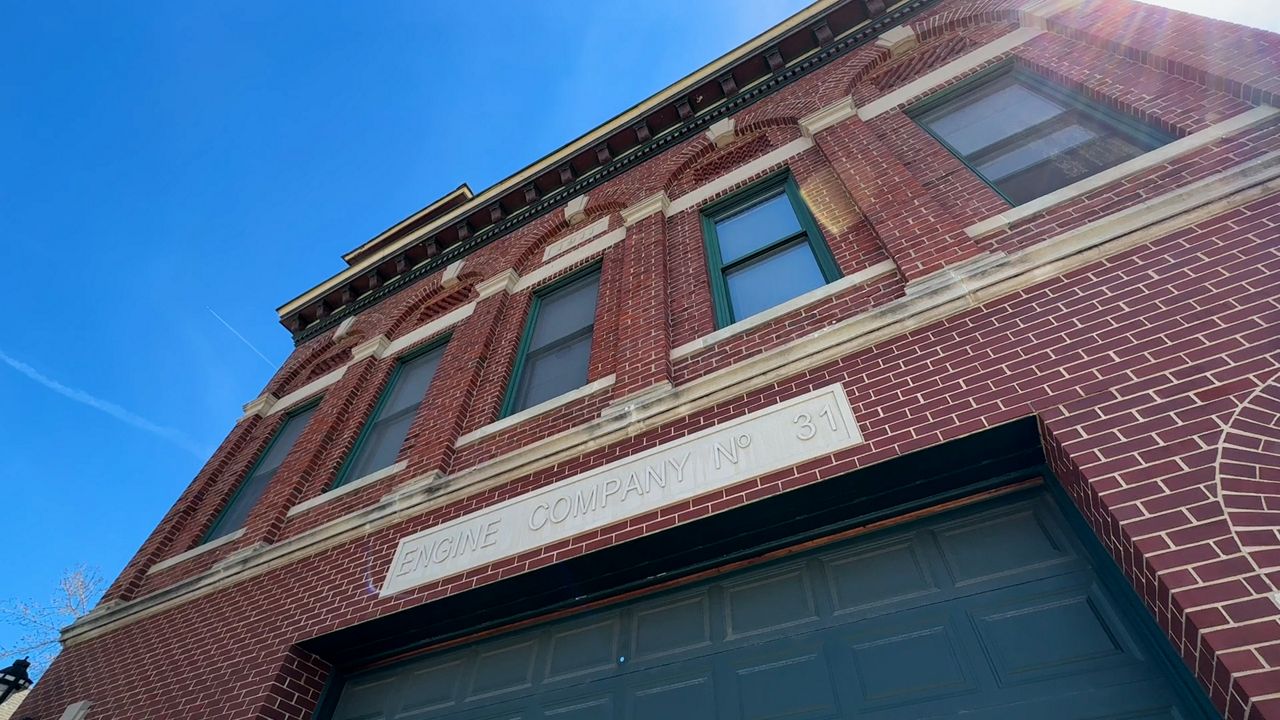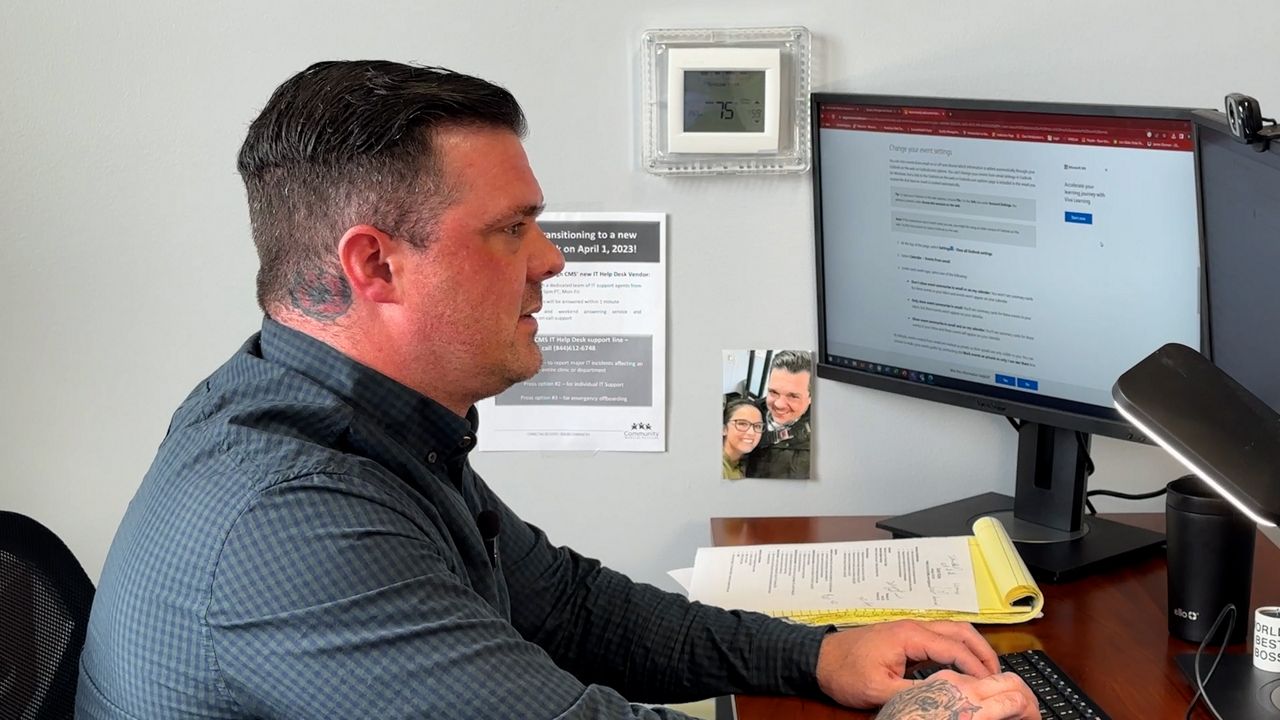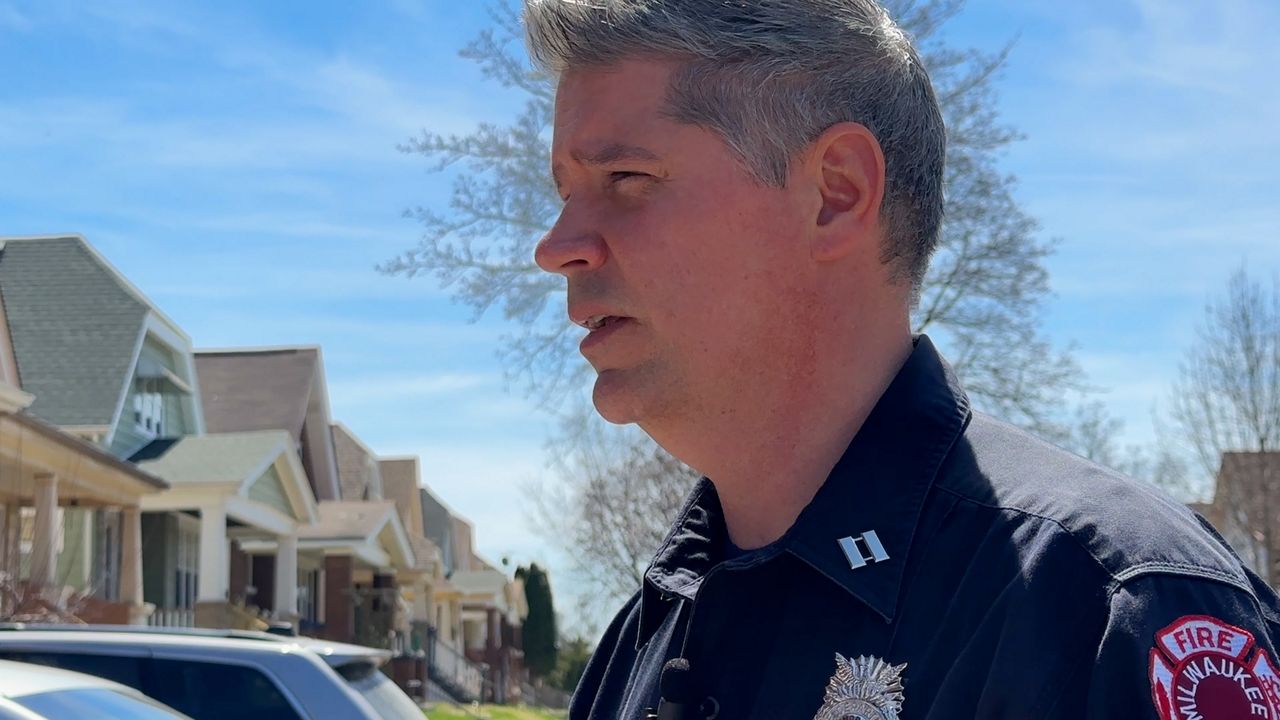MILWAUKEE — As the U.S. Drug Enforcement Administration (DEA) recognized National Fentanyl Awareness Day on May 9, a new warning was issued this year: fentanyl, America’s deadliest drug, has become even more deadly.
The reason is because Xylazine, a powerful sedative approved for veterinary use, is being mixed with fentanyl.
In Milwaukee County, a combination of Xylazine and fentanyl-related deaths have risen since 2019, and reached a high of 51 deaths last year.
So far, in 2023, there have been six deaths in Milwaukee County, according to the latest data available from last month.
Toxicologists with the Milwaukee County Medical Examiner’s office said as much as 35% of fentanyl could be laced with Xylazine, and because the sedative is not an opioid, Naloxone cannot reverse the effects of it.
For those on the frontlines of the opioid crisis, including the paramedics who respond to overdose and fentanyl poisoning calls, there was a feeling of helplessness for a long time. First responders could not do much more than leave some Narcan behind.
However, that changed in 2019 when the Milwaukee Overdose Response Initiative (MORI) was launched.
Inside Milwaukee Fire Station 31 on the 2400 block of South 8th Street, you won’t find firetrucks. Yet, that does not mean help is not ready to respond.

“There have been tears shed in this building and in cars,” said Milwaukee Fire Department Captain Dave Polachowski, who supervises the MORI program.
The location is home to both the community paramedics and MORI.
Polachowski would be the first to tell you, early on in his career, he had a much different opinion about substance abusers after seeing the same people again and again when responding to calls.
“You would get a little frustrated. Like, how come you can't see what you are doing?” You know, and really, they don’t have a grip on that,” Polachowski explained. “They can’t control that.”
With two teams that work seven hours a day during the week, MORI goes through EMS and dispatch data to find all the fatal and non-fatal overdoses in the county. After doing so, a team of community paramedics from the fire department, along with certified peer support specialists, is sent out to follow up, ideally 24 to 48 hours later, with the individual and loved ones.
“Our badge gets us in the door, and then the peer support takes over,” said Polachowski. “Our members will offer a HOPE kit, which has Narcan and fentanyl test strips and information inside of there, leave that with them, advise them that we are going to follow up with them. We didn’t have that 10 years ago.”
Ryan Gorman works as a substance abuse counselor with Community Medical Services (CMS), which is one of the groups partnered with MORI.
“Our partnership with MORI is honestly more about trying to stop, slow down, mitigate the effects of the overdose crisis,” Gorman explained.
A former intravenous drug user, Gorman tried to achieve recovery several times and eventually did so with an abstinence-based approach in August of 2010. However, he knows that path does not work for everyone who struggles with addiction.
“I used for around 11 or 12 years,” said Gorman. “It was very, very bad, moved all over the country.”
CMS provides several services, including Medication Assisted Treatment (MAT), which Gorman said can be effective for many clients.
“We try to meet people where they are in their life in that moment, so if that means they want to be done using drugs for the rest of their lives, then that’s what that means,” said Gorman. “If it means that they’re not quite there yet, that’s also okay.”

Gorman said it is important to be upfront and honest about what harm reduction does since substance abuse cannot be avoided or completely eradicated. That is why he believes it is better to accept reality than ignore it.
“These are your kids, whether you know it or not,” Gorman explained. “These are your parents, whether you know it or not. These are neighbors, these are doctors, these are lawyers, these are people who you interact with every single day, and you would have no idea that anything else was going on with them.”
Polachowski agrees based on his decades of experience with the fire department.
“You can’t stop everything from happening,” said Polachowski. “We’ve been giving out smoke detectors forever, but we are still having house fires. It is just we have been able to lower the amount of fatal house fires, and that’s what we are trying to do with this team with the harm reduction.”

Programs across Wisconsin, including MORI, have benefited from not only state and federal grants, but opioid settlement funds too.
In February of 2022, Wisconsin settled with three pharmaceutical manufacturers. Payments from those companies will now roll in for up to the next 18 years and reach a total of $400 million.
For 2024 fiscal year, the Wisconsin Dept. of Health Services (DHS) is expected to receive $8 million in payments, which the Legislature’s Joint Finance Committee has yet to approve.
DHS presented its plan in late March. However, due to objections from the committee in April, the spending proposal is on hold until another meeting is scheduled, and a plan is approved.
Under state law, funding from the opioid settlements is split, with 70% dedicated to the 87 local communities that participated in the lawsuit and the remaining 30% allocated to DHS.
For the current fiscal year, DHS received roughly $31 million dollars in settlement payments. The money was used for school-based prevention programs, increased access to the overdose-reversing treatment Narcan, and put towards the remodeling or construction of treatment facilities.


